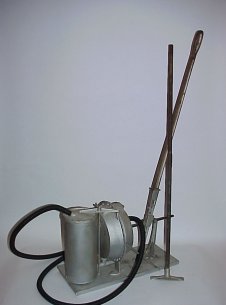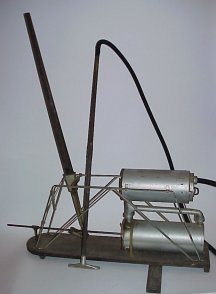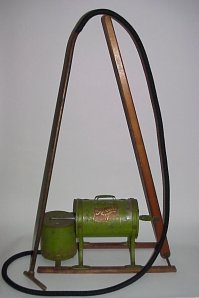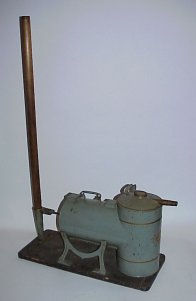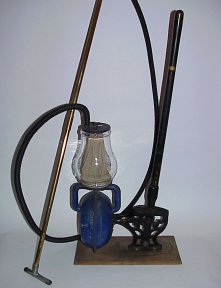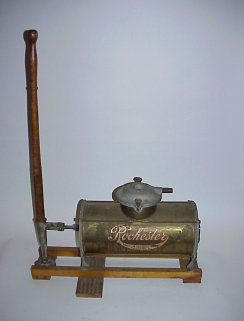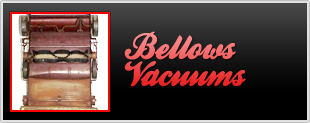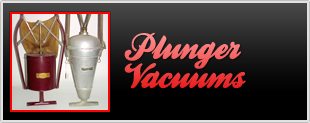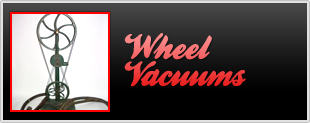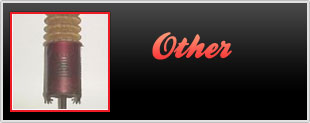Hand pump vacuums have intrigued me for a long time. Ever since the day I found the Regina Model A, I was compelled to find more like it. It is amazing to realize how many different colors, styles, and operating designs were launched into the marketplace between the late 1800s and early 1900s. Some machines were made from sheet metal, some were cast iron, and still others were fabricated from wood. You often will see cleaners made from combinations of materials, for example, metal and wood. Most cleaners are mounted on a wooden board or sled runners for stability. They typically have a large handle to provide power. Every machine has a diaphragm chamber to create the suction and a compartment to capture and hold the dirt. A few creative manufacturers incorporated view glasses into the design so the user could see the dust being picked up. Certain cleaners were cleverly designed so their exhausted air was channeled into a blower tube. This inovation turned the vacuum into a mini-compressor. This feature was very handy when the homeowner wanted to clean between the segments of a heating register or the fins of a monitor-top refrigerator. The dirt was blown into the open where the vacuum could then reach it.
The easiest way to utilize these hand pump machines was to have two people operate them. One person would pump the vacuum while a second would use the hose and wand or tools to clean. A common sight was a daughter pumping the handle while mom did the cleaning. Most early vacuum cleaners were expensive for the time. The well-to-do would often purchase the cleaning contraptions to ease the workload of their servants or housekeepers.
